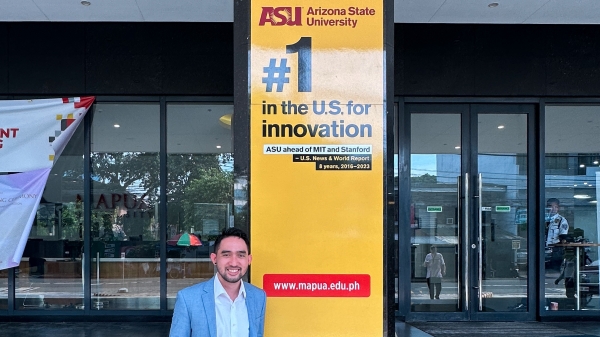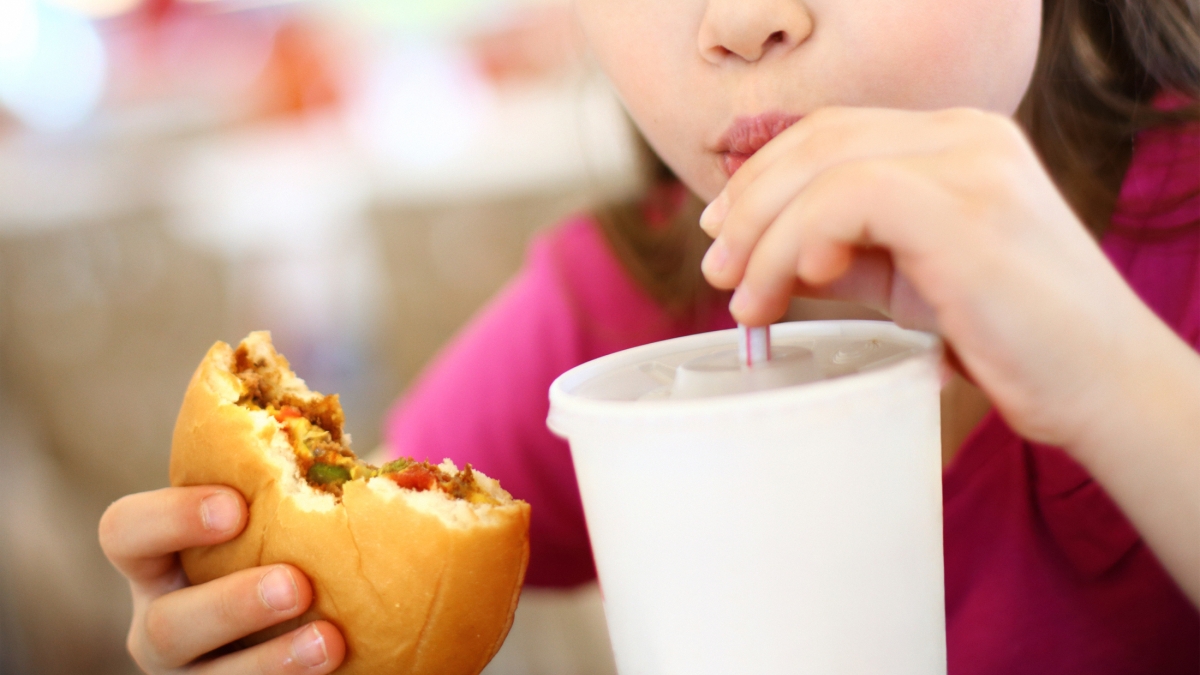Food assistance programs in the U.S. help feed one in eight Americans per month, or approximately 42 million people, according to the U.S. Department of Agriculture's Food and Nutrition Service. The largest of these programs is the Supplemental Nutrition Assistance Program, or SNAP. A second, more focused program is the Supplemental Assistance Program for Women, Infants and Children, or WIC.
Recently, Arizona State University researchers Francesco Acciai and Punam Ohri-Vachaspati, in collaboration with Mithuna Srinivasan, a principal research scientist at the National Opinion Research Center, studied how children of families participating in these programs fared nutritionally, with specific focus on the consumption of sugar-sweetened beverages.
While SNAP and WIC help alleviate the food insecurity gap for millions of households, their findings published in the American Journal of Preventive Medicine indicate that there are differences in diet quality, and that additional changes may be needed to ensure participants’ diets are healthier.
The researchers took a nationally representative sample of nearly 5,000 children and categorized them into four types of households — SNAP only, WIC only, SNAP and WIC, and no assistance —and examined their sugary beverage consumption. What they discovered was that children from households participating in the SNAP-only program fared worse than participants in both the WIC-only group and the SNAP and WIC combined group.
The most likely reason for this is that WIC benefits can only be used to buy pre-approved nutritious foods, while SNAP participants have greater freedom in food choices. In addition, WIC requires mandatory nutrition education, while for SNAP participants, nutrition education is not mandated.
Ohri-Vachaspati, a professor in the College of Health Solutions, and Acciai, a data science specialist, answered some questions about their study for ASU News. Below are their joint answers.
Question: What does your study say about the nutritional value of government-funded food programs?
Answer: Our study shows that household participation in the WIC program — whether jointly with SNAP or alone — confers protection against sugary beverage consumption in children. Both programs are targeted toward lower-income households and help families access healthy food. However, there are major differences in how these two programs are designed and implemented. SNAP provides monetary assistance that families can use to buy almost any type of food, while WIC specifically targets families with young children, or pregnant or breastfeeding mothers, and offers vouchers only for selected and pre-approved nutritious food items. Another difference is that nutrition education is an essential component for WIC, whereas for SNAP recipients, it is optional and not a requirement for receiving benefits.
Q: Why compare these groups?
A: The consumption of sugary beverages has been associated with negative health outcomes over a person’s lifetime. They provide no nutritional benefit besides calories. There are inherent differences in SNAP and WIC with regards to access to these types of beverages. While they can be purchased with SNAP dollars, WIC does not allow for purchase of these unhealthy beverages. Of course, families in either program can use their own resources to purchase them. Also, mandatory nutrition education sessions required for all WIC participants are likely to discourage the consumption of sugar-sweetened beverages. While SNAP nutrition education is likely to do the same, SNAP participants do not have to participate in nutrition education. We anticipated that children from SNAP households would likely consume more of these beverages than children from WIC households. What is unique about this analysis is our focus on understanding how SNAP and WIC interact and how children from households participating in both programs fare, compared to other groups.
Q: Were you surprised in any way by these findings, or do they reinforce what is generally understood about the programs?
A: Our findings are consistent with previous studies and show that children from SNAP households consume more sugary beverages, and those from WIC households consume less. What is remarkable is our finding that children from SNAP and WIC households are also significantly less likely to consume sugary beverages, suggesting that household WIC participation had a protective effect, even in households that participated in SNAP. The other interesting finding is that while only children under 5 years of age are eligible to participate in WIC, we saw the protective effect of WIC participation not only among children under 5 years old, but also among 6- to 11-year-olds, suggesting a spillover effect on non-eligible members of the family.
Q: What outcomes do you hope to achieve with this study?
A: While SNAP does a tremendous job alleviating food insecurity, to make the most of this well-established and successful program, we need to ensure that it promotes nutritional security as well. The recent updates to the thrifty meal plan, the basis for calculating SNAP benefits, have been long needed. These updates will ensure families have more money to purchase healthy food, which was a challenge with the previous $4-per-day average benefits. Additional changes to SNAP are needed to ensure participants’ diets are healthier. This can be done by encouraging the purchase of healthy foods, such as fruits and vegetables, and/or discouraging purchase of unhealthy items, such as sugary beverages.
Q: What role does demographics play in the consumption of sugary beverages?
A: Our previous work and that of others has shown that sugary beverage consumption is higher among children from racial/ethnic minority groups, among children from families where parents have lower levels of education and among those from lower-income households. This is not just a matter of personal preferences, but also of the food environment that these families experience. For instance, research has repeatedly shown that lower-income and minority families are more likely to live in neighborhoods with limited access to fresh fruits and vegetables. In these neighborhoods, sugar-sweetened beverages and other junk foods are readily available and more heavily advertised to children. Making sure that all households have equitable access to nutritious foods and beverages should be a public heath priority.
Top photo by: Gilaxia/iStock
More Health and medicine
Is ‘U-shaped happiness’ universal?
A theory that’s been around for more than a decade describes a person’s subjective well-being — or “happiness” — as having a U-shape throughout the course of one’s life. If plotted on a graph, the…
College of Health Solutions medical nutrition student aims to give back to her Navajo community
As Miss Navajo Nation, Amy N. Begaye worked to improve lives in her community by raising awareness about STEM education and health and wellness.After her one-year term ended last month, Begaye’s…

Linguistics work could improve doctor-patient communications in Philippines, beyond
When Peter Torres traveled to Mapúa University in the Philippines over the summer, he was shocked to see a billboard promoting Arizona State University.“It wasn’t even near the university,” said…
